- About
- Welders
- - Automation
- - Bench Welders
- - Capacitor Discharge Welders
- - Custom Resistance Welders
- - Diffusion Welding
- - Metal Door and Frame Welders
- - MFDC Welding
- - Multi-Gun Welders
- - Press Type Welders
- - Rocker Arm Spot Welders
- - Seam Welders
- - Spot Welding Guns
- - Turntable Welders
- - Used Welders and Equipment
- - XY Welders
- Blog
- TECNA
- Fastener Welding
- Supplies
- Services
- Resources
- Contact
2025 Top 10 Small Water Chillers for Efficient Cooling Solutions
As industries increasingly prioritize energy efficiency and sustainability, the demand for effective cooling solutions has never been higher. Small water chillers, known for their compact design and exceptional performance, play a crucial role in maintaining optimal temperatures in various applications. According to Dr. Emily Johnson, a leading expert in thermal management systems, "The innovation in small water chillers is reshaping how businesses think about energy consumption and environmental impact." This statement underscores the importance of embracing advanced cooling technologies that not only enhance operational efficiency but also support ecological sustainability.
In 2025, the market for small water chillers is expected to witness significant growth, driven by the need for cost-effective and energy-efficient cooling solutions. As businesses look for ways to reduce their carbon footprint, the selection of the right small water chiller becomes essential. The top models offer superior reliability and performance, meeting diverse needs across various sectors, from manufacturing to data centers. By examining the top 10 small water chillers of 2025, we aim to highlight the industry's innovations that promise to deliver efficient cooling while minimizing energy consumption. The evolution of small water chillers is a testament to how technology can transform industry standards and promote sustainable practices.
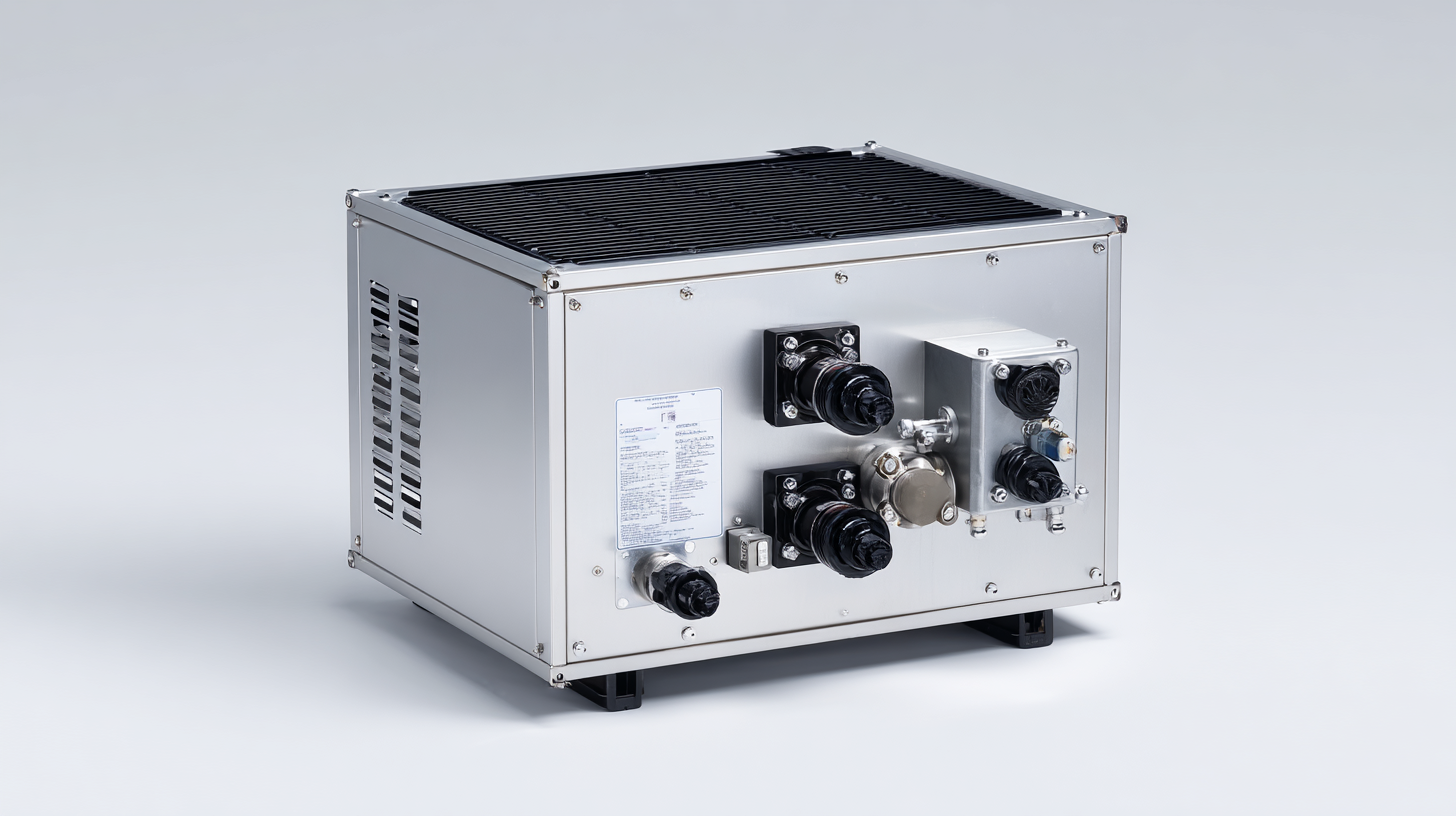
Top Trends in Small Water Chiller Efficiency for 2025: A Data-Driven Analysis
As we look toward 2025, the small water chiller market is anticipated to evolve significantly, driven by demands for greater energy efficiency and sustainability. According to the latest data from the International Energy Agency (IEA), energy-efficient chillers can reduce energy consumption by up to 30%, showcasing an industry shift towards environmentally friendly solutions. Trends indicate that manufacturers are integrating advanced technologies, such as variable speed compressors and microchannel heat exchangers, which not only improve efficiency but also enhance the overall performance of chillers.
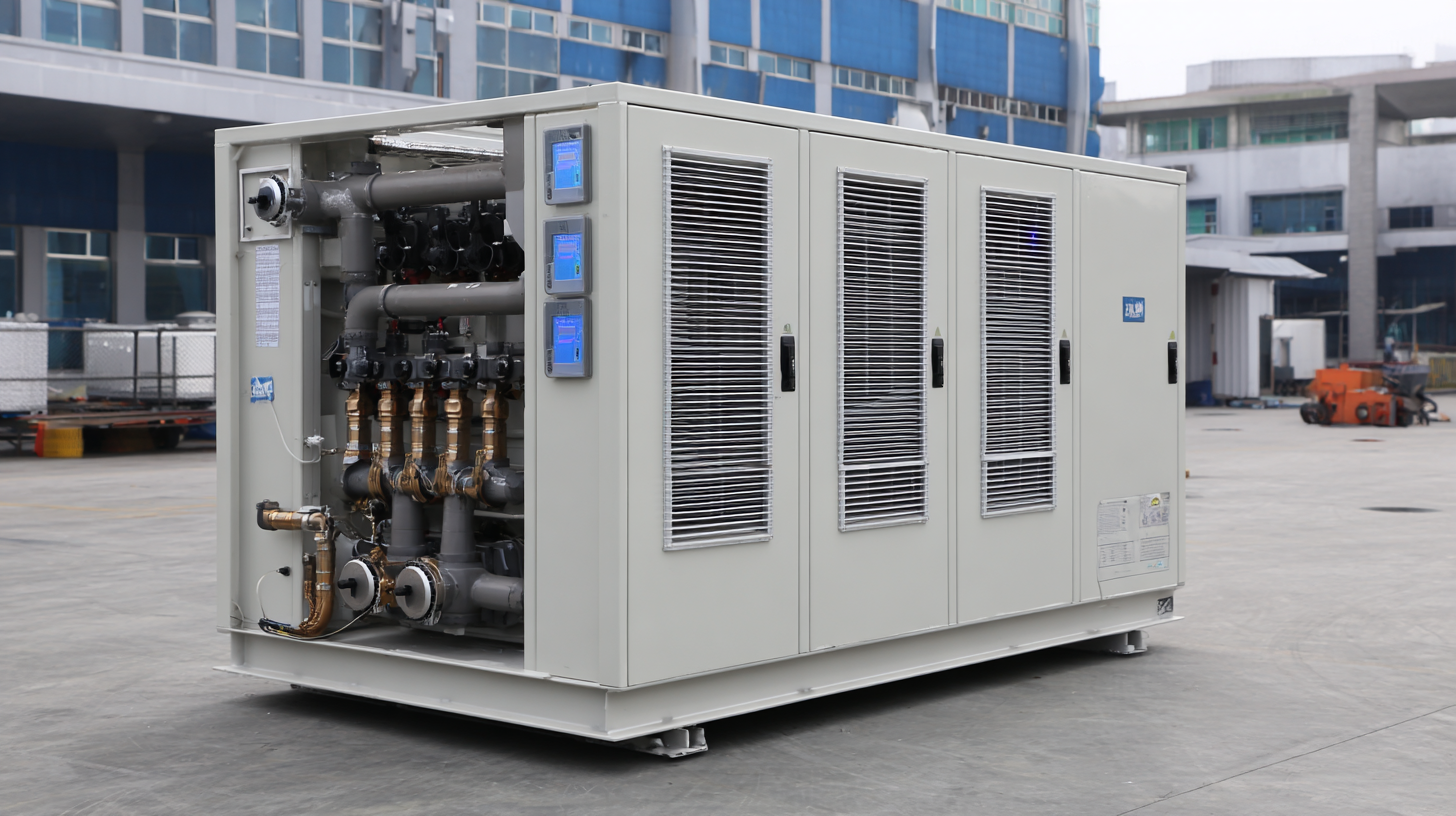
For businesses seeking to invest in small water chillers, it is crucial to stay ahead by understanding the latest efficiency ratings. The Energy Efficiency Ratio (EER) and Seasonal Energy Efficiency Ratio (SEER) are critical metrics to consider. As per recent reports, models with a SEER rating of 18 or higher can yield significant energy savings over their lifespans.
Tips: When evaluating small water chillers, choose models with high EER ratings and consider those equipped with smart monitoring systems that optimize energy use in real-time. Additionally, don’t overlook maintenance; regular servicing can ensure your system operates at peak efficiency, prolonging its lifespan and minimizing operational costs.
Comparative Study of Energy Consumption in Leading Small Water Chillers
In the quest for efficient cooling solutions, small water chillers play a crucial role in various applications, from commercial spaces to industrial settings. This comparative study delves into the energy consumption of the leading small water chillers available in 2025, highlighting their operational efficiency and cost-effectiveness. An analysis of various models reveals significant differences in their energy usage, often influenced by design innovations and technologies implemented by manufacturers.
One standout observation is the varying coefficient of performance (COP) among these chillers, which directly impacts energy consumption. Chillers with higher COP ratings demonstrate enhanced efficiency, providing superior cooling output per unit of energy consumed. Furthermore, the study reveals the importance of factors such as system load management and real-time monitoring capabilities, which can optimize performance and reduce energy waste. This investigation not only sheds light on current market leaders but also provides valuable insights for consumers seeking sustainable and economical cooling solutions.
Impact of Advanced Refrigerants on Small Water Chiller Performance in 2025
In 2025, the small water chiller market is set to be transformed significantly by the introduction of advanced refrigerants. These innovations not only enhance cooling efficiency but also reduce environmental impacts. According to the International Institute of Refrigeration (IIR), the use of low-GWP (Global Warming Potential) refrigerants can improve energy efficiency by up to 15% compared to traditional refrigerants. This shift is particularly crucial as industries strive to meet global environmental regulations and consumer demand for sustainable cooling solutions.
When selecting a small water chiller, consider the refrigerant type. Some advanced options, like R-32 and CO2, offer superior thermodynamic performance, allowing chillers to operate more effectively, especially in extreme conditions. A report by the Environmental Protection Agency (EPA) stated that utilizing these innovative refrigerants in small chillers could lead to a significant reduction in greenhouse gas emissions, making them an essential choice for businesses committed to sustainability.
Tips: Opt for chillers that are compatible with the latest refrigerants to ensure compliance with emerging regulations. Additionally, regular maintenance can enhance the performance of your chiller, prolonging its lifespan and optimizing efficiency. Lastly, always seek units that come with a comprehensive energy efficiency rating, as this will provide a benchmark for operational costs and environmental impact.
Evaluating the Cost-Effectiveness of Small Water Chillers in Various Industries
In today's competitive landscape, the cost-effectiveness of small water chillers is becoming increasingly vital across various industries. A report by MarketsandMarkets suggests that the global industrial refrigeration market, which includes small chillers, is projected to reach $29.72 billion by 2025, growing at a CAGR of 4.2%. This growth is driven by the need for efficient cooling in sectors such as food and beverage, pharmaceuticals, and chemical processing, where maintaining precise temperature controls is crucial.
Small water chillers offer a significant return on investment, especially when considering energy efficiency. According to the U.S. Department of Energy, implementing energy-efficient chillers can reduce cooling costs by up to 35%. Additionally, industry studies have shown that companies utilizing advanced small chillers report a decrease in downtime due to equipment failure, enhancing overall operational efficiency. This aligns with the trend of industries focusing on sustainability, as many small chillers not only lower energy costs but also minimize environmental impact by utilizing eco-friendly refrigerants.
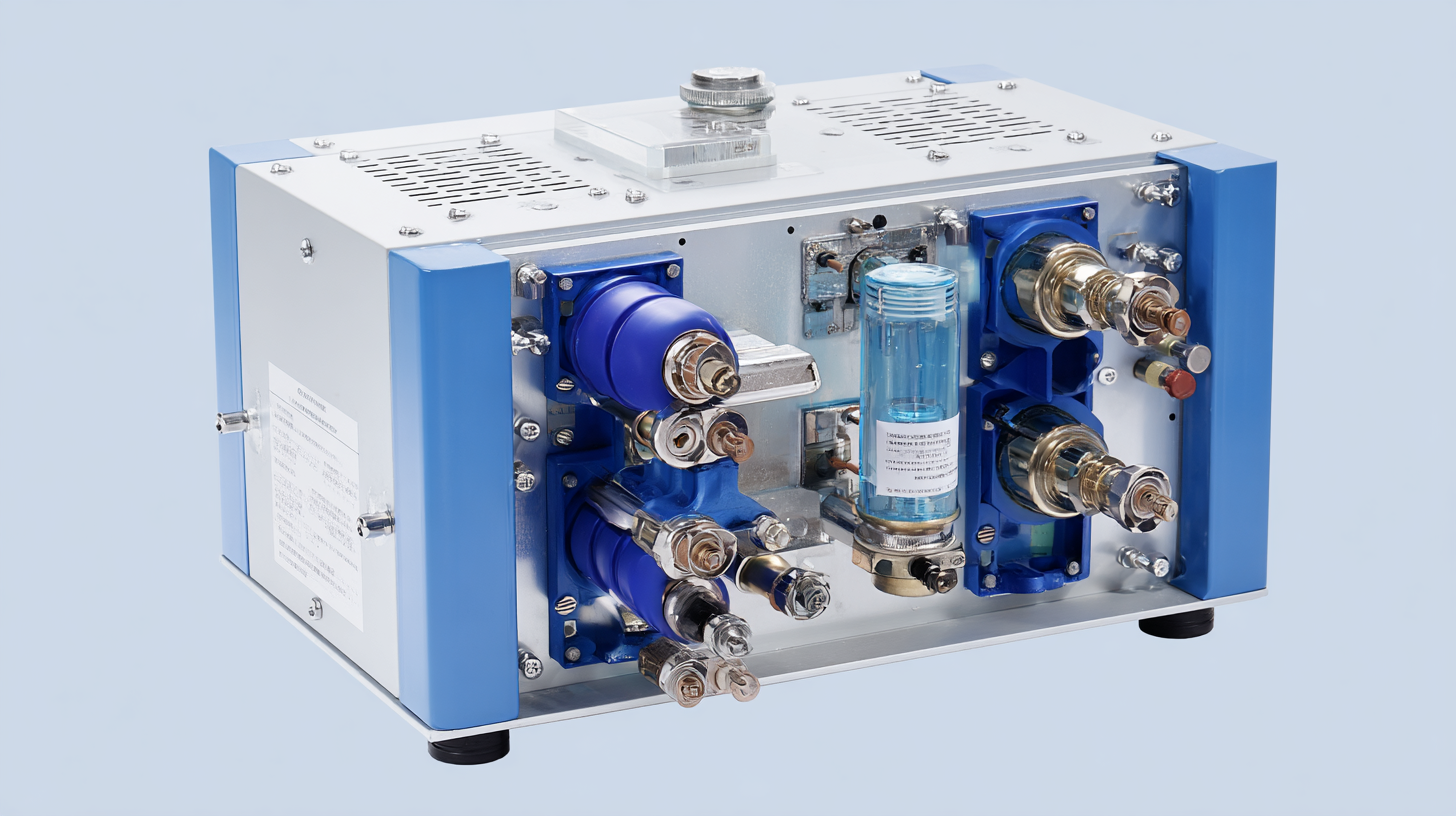
Future-Proofing Small Water Chillers: Innovations for Sustainable Cooling Solutions
As the demand for energy-efficient cooling solutions grows, the small water chiller market is undergoing significant innovations. A recent report by MarketsandMarkets estimates that the global small water chiller market is expected to reach USD 4.5 billion by 2025, reflecting a compound annual growth rate (CAGR) of 5.2% from 2020 to 2025. This surge is largely attributed to the increasing emphasis on sustainable practices across various industries, including healthcare, manufacturing, and HVAC systems. Manufacturers are now focusing on integrating advanced technologies such as variable speed compressors and intelligent control systems, which not only enhance efficiency but also reduce energy consumption by up to 30% compared to traditional models.
Moreover, innovations such as eco-friendly refrigerants are playing a pivotal role in future-proofing small water chillers. Reports indicate that the adoption of low-GWP (Global Warming Potential) refrigerants is on the rise, as industries look to comply with stricter environmental regulations. For instance, the European F-Gas Regulation aims to cut HFC consumption by 79% by 2030, thereby driving the development of coolants with lesser environmental impact. By investing in these sustainable technologies, companies can not only improve their cooling efficiency but also align themselves with global sustainability goals, making their operations more resilient and environmentally friendly.
Related Posts
-
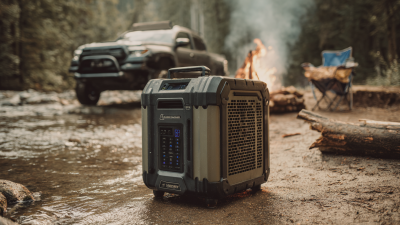
Understanding the Benefits of Using a Portable Water Chiller for Your Outdoor Adventures
-

Maximizing Energy Efficiency: The Ultimate Guide to Air Cooled Chillers for Your Business
-
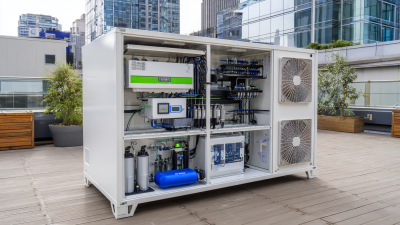
The Science Behind Portable Water Chillers and Their Impact on Sustainable Cooling Solutions
-

Innovative Chillers Revolutionizing Temperature Control in Modern Industries
-

Understanding the Efficiency of Air Cooled Water Chillers in Modern HVAC Systems
-

How to Optimize Your Industrial Processes with a Recirculating Water Chiller
